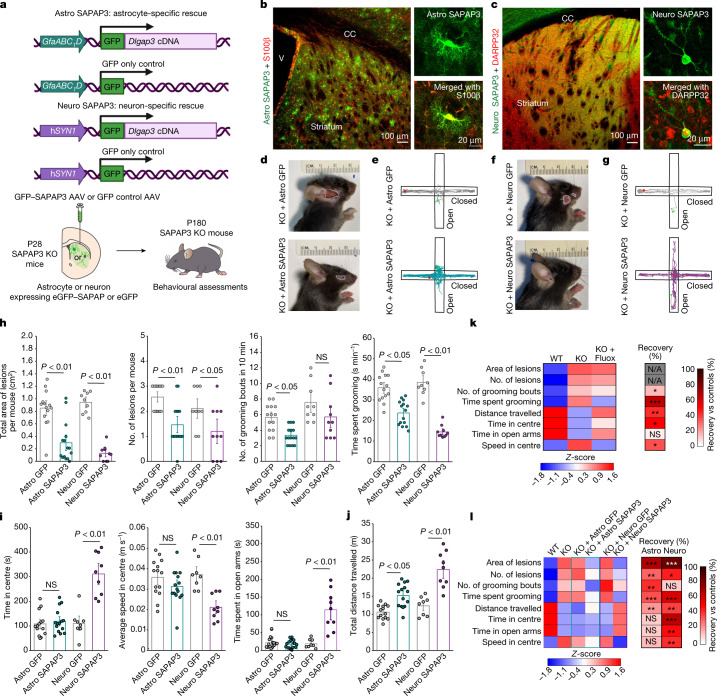Fig. 5. Contributions of astrocytes and neurons to OCD phenotypes in mice.
a, Schematic of cell-specific striatal rescue of SAPAP3. b, Striatum injected with Astro SAPAP3 (green). Images show a single S100β+ (red) astrocyte expressing Astro SAPAP3 (replicated four times). CC, corpus callosum; V, ventricle. c, As in b but for Neuro SAPAP3 (green) and DARPP32+ (red) neurons expressing Neuro SAPAP3. d, Images of lesions from SAPAP3 KO mice injected with Astro GFP or Astro SAPAP3. White outline shows lesion border. e, Elevated plus maze traces for SAPAP3 KO mice injected with Astro GFP or Astro SAPAP3. f,g, As in d and e but for mice injected with Neuro GFP or Neuro SAPAP3. h, Grooming behaviours in SAPAP3 KO mice treated with cell-specific GFP or SAPAP3. i, Anxiety-like behaviours in SAPAP3 KO mice treated with either cell-specific GFP or SAPAP3. For h and i, all behaviours: Kruskal–Wallis test with Dunn post hoc test. j, Locomotor activity in SAPAP3 KO mice treated with cell-specific GFP or cell-specific SAPAP3. Two-way ANOVA with Bonferroni post hoc test. k, Heatmap of behavioural Z-scores in WT mice, SAPAP3 KO mice and SAPAP3 KO mice treated with 10 mg kg–1 fluoxetine (intraperitoneal; 7 days). The per cent recovery heatmap shows the average per cent recovery versus the saline control. l, Heatmap of behavioural Z-scores in WT and SAPAP3 KO mice or SAPAP3 KO mice treated with cell-specific GFP or SAPAP3. The per cent recovery heatmap shows the average per cent recovery of each cell-specific SAPAP3 rescue versus corresponding controls. Data are mean and the s.e.m. from n = 14 mice for Astro GFP, n = 15 for Astro SAPAP3, n = 8 for Neuro GFP and n = 9 for Neuro SAPAP3.

